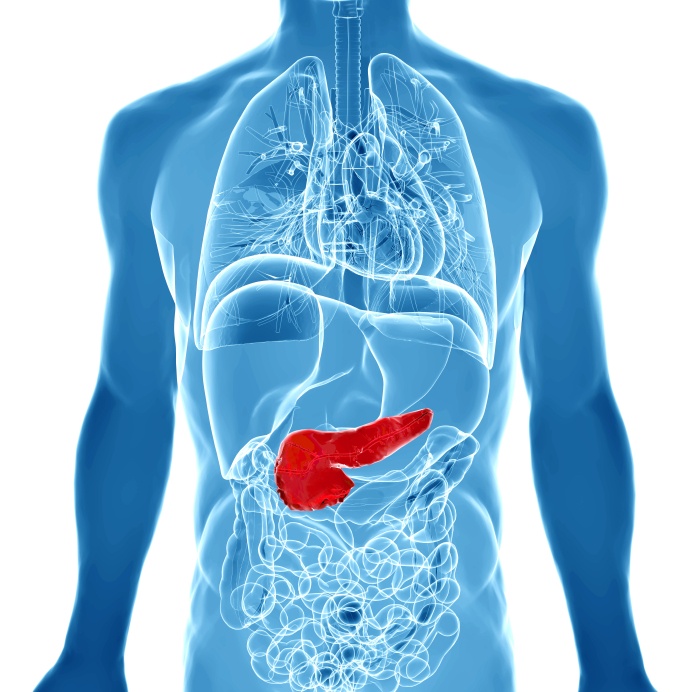Pancreatic cancer is one of the most deadly forms of cancer with a survival rate of only 6%. Most cancer therapies are not effective in the treatment of pancreatic cancer because cancer cells are intrinsically resistant. The study of molecular and cellularcharacteristics of the tumor is therefore essential to understand how this cancer works at the molecular level and to develop new therapies. We now have all the techniques available to do a full characterization of cancer cells, such as DNA and mRNA sequencing, and signaling protein arrays. This molecular characterization allows a better classification of the tumor and therefore helps to predict response to treatment and prognosis.
Techniques
The main problem with these techniques is that in order for the information obtained to be relevant, the cancer cells have to be isolated from the tumor mass and purified. This is very hard to obtain with pancreatic cancer samples. The tumor has abundant vascularization, stromal proliferation and inflammatory infiltrates, all giving a heterogeneous population of cells. There are some techniques available to purify cancer cells from this variety of cell types, such as laser micro dissection and fluorescence activated cell sorting, however these techniques are laborious and require a lot of expertise and expensiveequipment. This is why Afify and colleagues decided to develop a new pancreatic cancer cell purification protocol based on immunomagnetic separation.
The immunomagnetic cell isolation is relatively simple and uses superparamagnetic beads coated with an antibody against an epithelial celladhesion molecule, glycopolypeptide membrane antigen. This protocol uses tumor samples obtained by endoscopic ultrasound-guided fine needle aspiration. The malignant epithelial cells were successfully isolated. Toverify the purity of the obtained cellular fraction, the researchers evaluated the DNA methylation status of cyclin D2 promoter site, which is hypermethylated in the majority of pancreaticcancer cells. This is another example of the great potential of magnetic separation techniques in the medical practice and attests for the versatility of the technology.
Immunoisolation of pancreatic epithelial cells from endoscopic ultrasound-guided fine needle aspirates with magnetic beads for downstream molecular application. Afify, A., Huang, E. C., Jeong, M. &Urayama, S. Diagn.Cytopathol.44, 32–38 (2016).
Related news
- Magnetic beads in the optimization of diagnosis tools
- Microfluidic immunomagnetic cell separation fromwhole blood
- Improved detection of Mycobacterium avium subsp. Paratuberculosis





